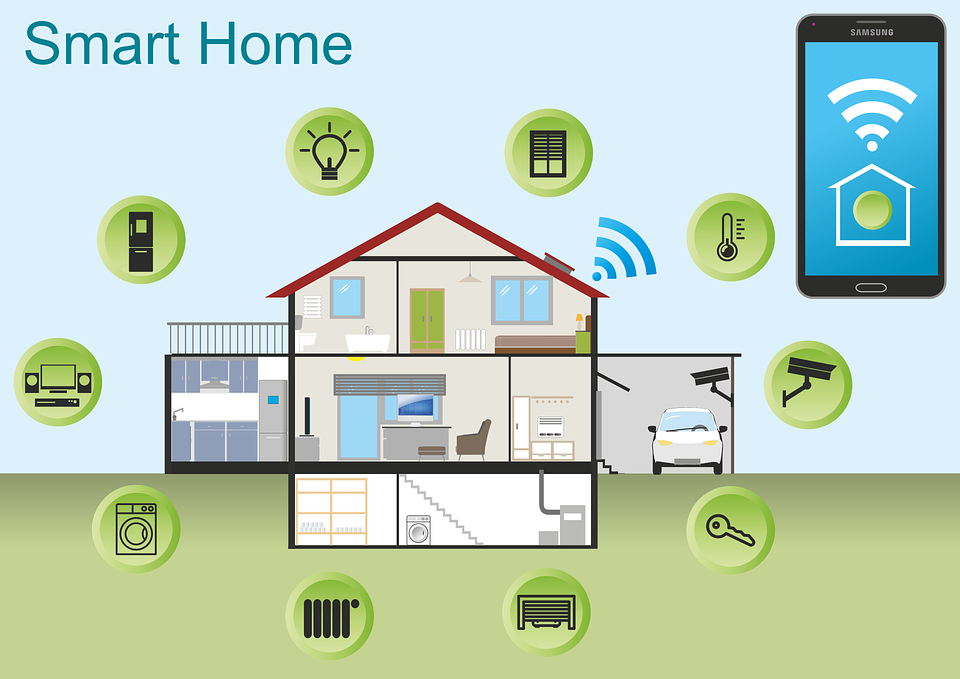Smart Homes: Automation and Control in Residential Settings

About Course
Step into the homes of the future with Smart Homes: Automation and Control in Residential Settings. This course takes you on a fascinating journey through the world of smart living, where everyday functions—from lighting and temperature to entertainment and security—can be automated, optimized, and controlled with ease. Through real-life examples and hands-on insights, students will explore the underlying technologies, systems integration, and decision-making required to create efficient, secure, and personalized smart homes.
Whether you’re an aspiring tech enthusiast, homeowner, engineer, or entrepreneur, this course opens the door to the dynamic field of home automation. You’ll learn how sensors, controllers, voice assistants, and AI-driven tools are transforming the way we live, making our homes not just more convenient but also safer, energy-efficient, and health-focused. Get ready to design, analyze, and implement your own smart home solutions that reflect the emerging trends of connected living.
Course Content
Introduction
Definition of Smart Homes
00:00Historical background of Smart Homes
00:00Advantages of Smart Homes
00:00